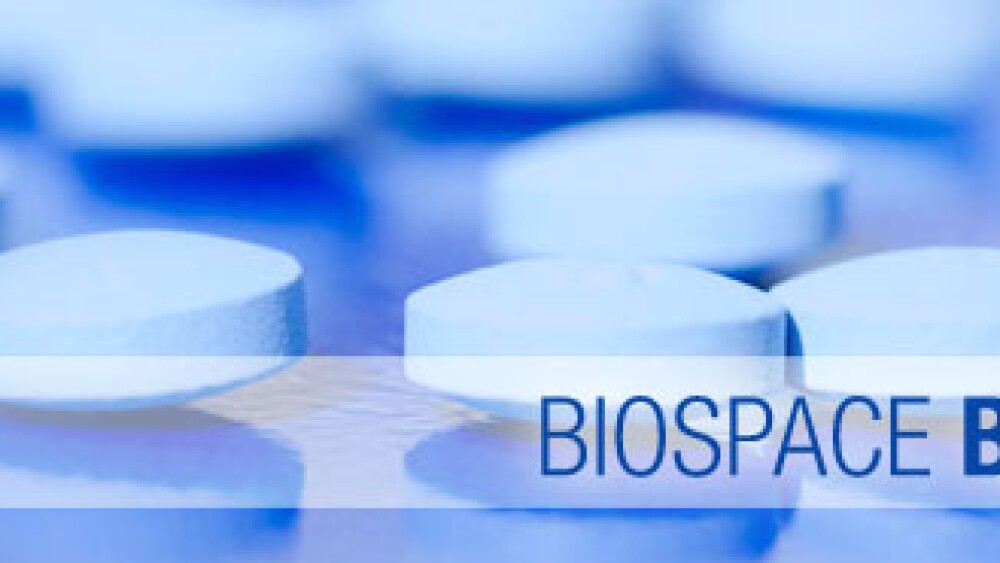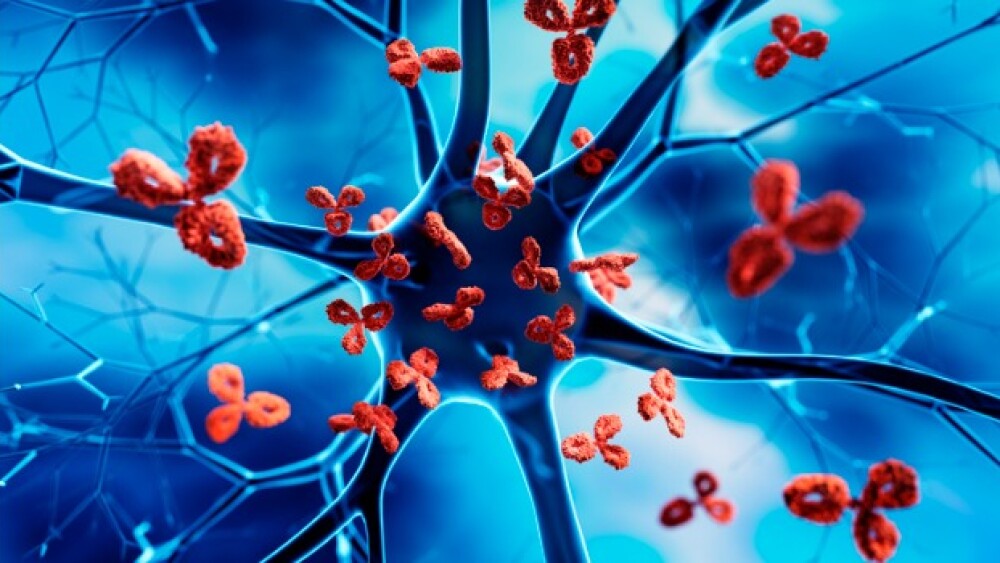July 9, 2015
By Riley McDermid, BioSpace.com Breaking News Sr. Editor
A Japanese study of Sanofi and Regeneron Pharmaceuticals ’s cholesterol lowering drug Praluent (alirocumab) has been shown to reduce so-called “bad” cholesterol by 64 percent, the companies said Thursday, a sign that naysayers about the drug can now comfortably get behind it.
“These results demonstrate the significant cholesterol-lowering ability of Praluent among patients with some of the greatest unmet needs in Japan,” lead investigator Tamio Teramoto, director of Teikyo Academic Research Center, said in a statement. “This includes those with an inherited form of high cholesterol or pre-existing cardiovascular disease, such as a history of heart attack.”
It’s been a long road for Praulent to show such conclusive results in a late-stage trial. In early June, Tarrytown, N.Y.-based Regeneron Pharmaceuticals fell almost 17 percent in trading the day after the U.S. Food and Drug Administration (FDA) recommended a limited approval for the company’s application for Praulent.
The FDA’s Endocrinologic and Metabolic Drugs Advisory Committee of the U.S. Food and Drug Administration met June 9 to discuss the company’s Biologics License Application. The Committee subsequently voted 13 to three (with no abstentions) that Regeneron and Sanofi “had sufficiently established that the low-density lipoprotein cholesterol (LDL-C, or bad cholesterol) lowering benefit of Praluent exceeds its risks to support approval in one or more patient populations.”
Praulent has been developed in partnership with Paris-based Sanofi. It was named one of five “summer blockbuster” drugs likely to come out this year.
The company said in a statement emailed to BioSpace that it was excited about Praulent’s future going forward.
“We are pleased with the Committee’s recommendation to approve Praluent. Our clinical trial program focused on patients with high unmet need in which Praluent delivered significant reductions in LDL-C on top of statins and other lipid-lowering therapies,” said Elias Zerhouni, president of Global R&D, Sanofi. “Our Phase III Praluent development program investigated both a 75 mg and 150 mg dose, providing flexible dosing regimens that can be tailored to individual patient cholesterol lowering needs.”
The drug has also been accepted for review via a Marketing Authorization Application in the European Union. The drug is a monoclonal antibody that targets proprotein convertase subtilisin/kexin type I (PCSK9) and was studied in more than 5,000 patients, including 10 Phase III ODYSSEY trials.
Analysts were sanguine about the news, saying in notes to clients at the time that what the panel said was just as important as how it said it.
“Despite lively discussion on LDL lowering as a surrogate endpoint for outcomes for this new class of drug, the panel felt ultimately that the bar for drug approval (LDL lowering) should not be changed at this time, that the genetics support the anti PCSK9 LDL lowering mechanism, and that the FH population and those with high CV risk represent an unmet medical need,” wrote Mark Schoenebaum, an analyst with ISI Evercore.
“On safety the panelists agreed that, despite no major safety signals, available data are not adequate to resolve potential concerns regarding adverse events (e.g. diabetes, neurocog, immunogenicity) and the safety of achieving very low LDL levels,” said Schoenebaum. “Therefore, the panelists acknowledged that the ongoing 18,000 patient outcomes trial will be important for addressing these outstanding questions.”
Geoffrey Porges, a closely watched analyst with Sanford Bernstein, said in a note titled “Curb Your Enthusiasm - AdCom Takes Cautious Approach to Scope of Initial Indication, Limited Downside” that the FDA will likely approve the drug but possibly in narrowed circumstances.
The AdCom proved much more conservative on safety and on the acceptability of LDL as a surrogate endpoint, with 50 percent of members proposing the drug either should not be approved or should be approved only in HeFH,” said Porges.
“We ultimately expect approval beyond HeFH, in the high risk not-at-goal population, which would result in limited changes to our current market model. A narrower label would dent forecasts, however, and the overhang will undermine the stock near term.”
As New Jersey Biotech Booms, Will It Overtake Other States As Prime Location?
A week after Celgene Corporation announced it is officially the mystery buyer of Merck & Co. ’s former 1 million-square-foot R&D site in Summit, N.J., it quickly became our most popular story last week.
The company announced last Wednesday that it is buying the space, ending months of speculation about what Big Pharma company might move into the neighborhood.
The Summit, N.J. site is zoned research/office. The New Jersey site would put operations closer to some of the major biotech and pharmaceutical hubs on the East Coast.
But, by far, the most tempting part of doing business in the state remains New Jersey’s operating tax credit, which allows companies to sell their net operating losses to the New Jersey Treasury. One of the state’s most recognizable biotechs, Celgene, used the program until it became profitable, which was key to it staying in the state, said local officials.
That has BioSpace is wondering if New Jersey is becoming the new face of biotech. What do you think? Can the Garden State compete with other longtime stalwarts like California or Boston?





